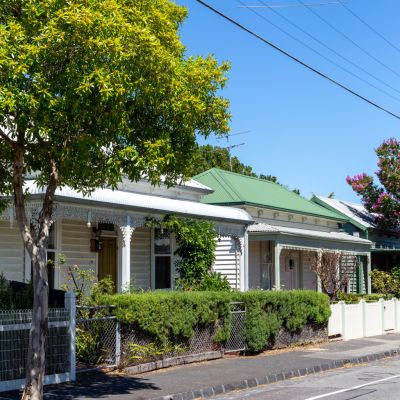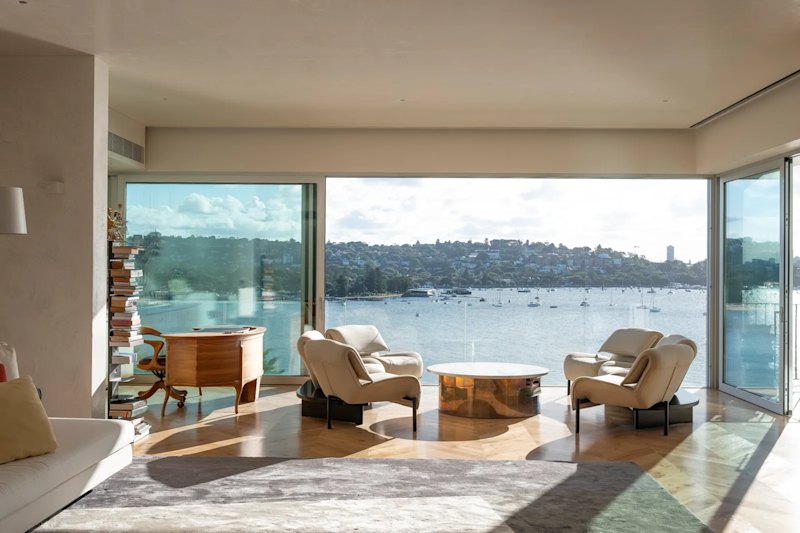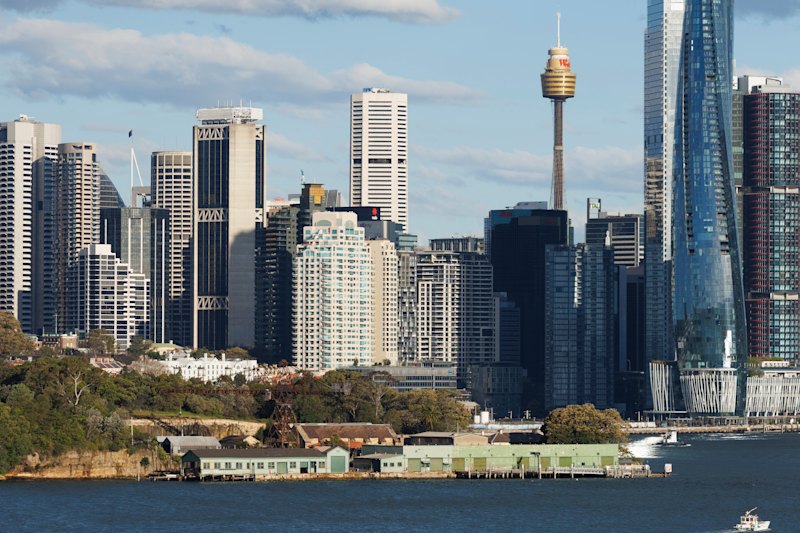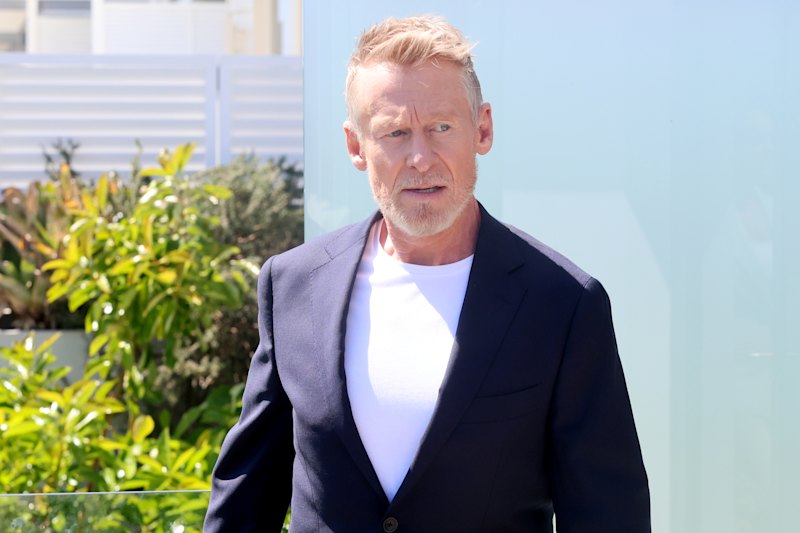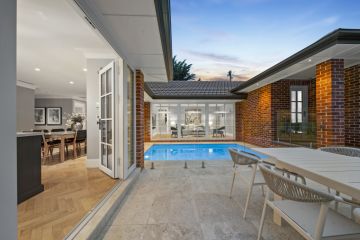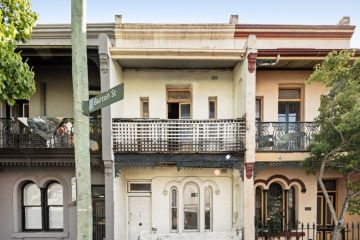Rental vacancy rates down or steady across capital cities in September, new figures show
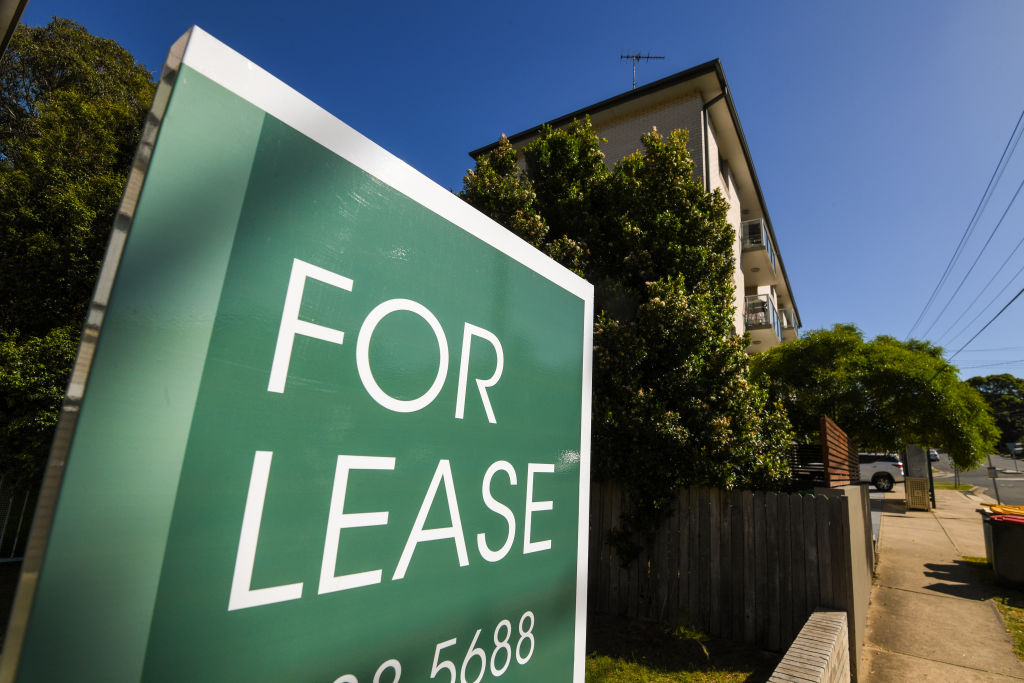
Fewer properties are being left empty in Australia’s biggest rental markets, with vacancy rates falling or holding steady in each of the capital cities, new figures show.
Rising vacancy rates across the capitals have been brought to a halt, and are likely to fall further in the months ahead as the end of lockdowns and border restrictions near. This should mean increased rental demand from returning Australians, international students and migrants.
Vacancy rates halted their upward climb in the locked-down cities of Melbourne and Canberra, falling slightly to 3.4 per cent and 0.9 per cent, respectively in September, the latest Domain figures show. While the rate continued to track sideways in Sydney, where it sits at 2.4 per cent.
Vacancies also dropped in Darwin (0.6 per cent), Perth (0.6 per cent) and Adelaide (0.5 per cent), with the latter two at a multi-year low, and held flat in Hobart (0.4 per cent) and Brisbane (1.3 per cent).
| Sep-21 | Aug-21 | Sep-20 | Monthly change | Annual change | |
| National | 1.7% | 1.7% | 2.1% | – | ↓ |
| Sydney | 2.4% | 2.4% | 3.2% | – | ↓ |
| Melbourne | 3.4% | 3.6% | 3.9% | ↓ | ↓ |
| Brisbane | 1.3% | 1.3% | 2% | – | ↓ |
| Perth | 0.6% | 0.7% | 0.9% | ↓ | ↓ |
| Adelaide | 0.5% | 0.6% | 0.8% | ↓ | ↓ |
| Hobart | 0.4% | 0.4% | 0.5% | – | ↓ |
| Canberra | 0.9% | 1% | 0.9% | ↓ | – |
| Darwin | 0.6% | 0.7% | 0.7% | ↓ | ↓ |
Domain’s chief of research and economics Nicola Powell said rental support packages rolled out in Victoria, New South Wales and Canberra had helped to reduce the number of tenants forced to vacate properties when they lost work in lockdown, which kept vacancy rates lower than in previous lockdowns.
Nationally, the vacancy rate held steady at 1.7 per cent for the fifth month in a row, marking the longest period of stability since Domain’s vacancy records began in 2017. However, it’s unlikely to last much longer, with increased rental demand expected as pandemic restrictions ease, Dr Powell said.
Vacancy rates, already very low in some cities, were likely to fall further as Australia navigated its way out of lockdown, Dr Powell said. The reopening of borders and returns of overseas migration and international students is likely to drive up demand and prices – particularly in Sydney and Melbourne, where the vacancy rate is well above those in other cities.
“I do think we will see additional pressure on rental markets in Melbourne and Sydney once overseas migration goes back to normal,” said Dr Powell.
“We know that the majority of people arriving from overseas choose Sydney or Melbourne as their destination, we have seen those rental markets have a greater disruption because of a lack of overseas migrants.”
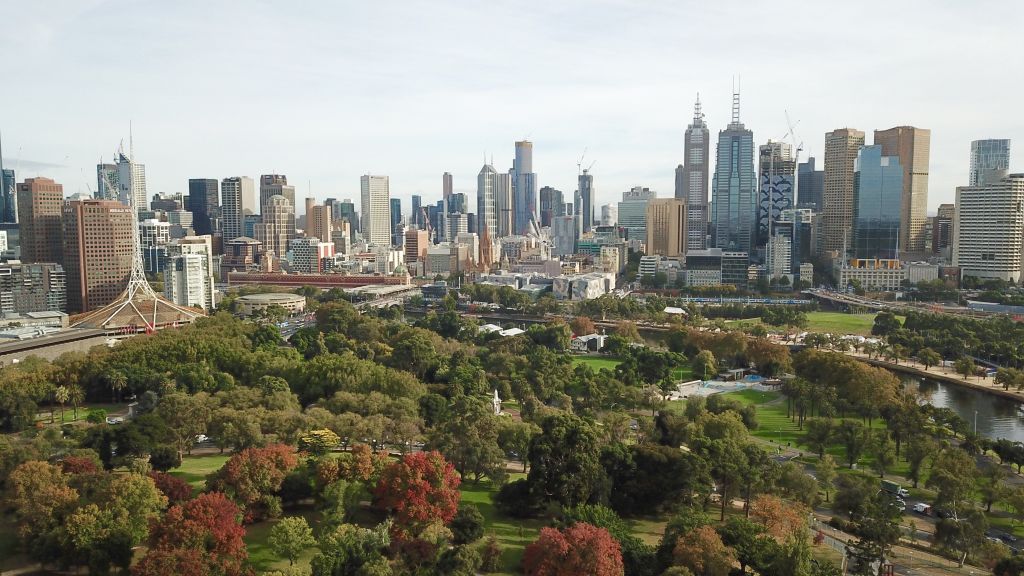
Record property prices could also leave more Australians renting for longer, increasing demand for rental properties and making it harder for first-home buyers to save a deposit.
“It’s a vicious cycle. If a tenant is paying more in rent, they have less spare cash, which means their savings journey to actually buy becomes harder,” Dr Powell said.
However, the increased investor activity in recent months – while bad for first-home buyers – could help improve the supply of rental properties on the market, but only if investors bought homes previously owner-occupied, as opposed to existing investment properties, Dr Powell said.
On the flip side, more investors may be considering selling, due to low rental yields and strong capital gains.
McGrath’s head of network property management Michael Conolly said vacancy rates across its rental portfolio – spread across Sydney, Melbourne, Brisbane and Canberra – had been below 2 per cent since January, with fewer tenants needing to move or seek a rent reduction in the most recent lockdowns.
The time taken to lease a property, now at an average of 16.2 days, had also been stable in recent months, after lifting from a low of 15 days in June.
However, inner-city apartment markets were still having trouble, he said, with higher vacancies and days on market, due to reduced demand from international students and new arrivals while borders remained shut.
“Already though, there are discussions about bringing international students back. That will start to have an effect on those CBD apartments and properties in the inner ring, and in suburbs closer to universities. They’ll start to pick up as students return,” Mr Conolly said.
The shift to lifestyle and regional locations off the back of remote working had also reduced demand for inner-city units, he said. As had the surge in first-home buyer activity over the past year which, while now slowing, had reduced the number of tenants, but also the supply of rental properties as investment properties were often selling to owner-occupiers.
The Manly and Pittwater regions on Sydney’s northern beaches saw the largest decline in vacancies last month across capital city regions, with the drop in Pittwater coming after a rise in the previous month. The Hobson Bay and Bayside regions in Melbourne were also among the areas with the largest drop.
The reopening of cities would draw people back to city centres, Mr Conolly said, but there would still be a proportion who no longer prioritised proximity to the CBD and would remain in lifestyle locations, where demand had already driven up rents, particularly for houses.
Though vacancy rates in Sydney and Melbourne may take time to return to previous lows, Brisbane was likely to be a very popular destination for migration when state borders reopened, he said, driving down vacancies even further.
We recommend
We thought you might like
States
Capital Cities
Capital Cities - Rentals
Popular Areas
Allhomes
More

